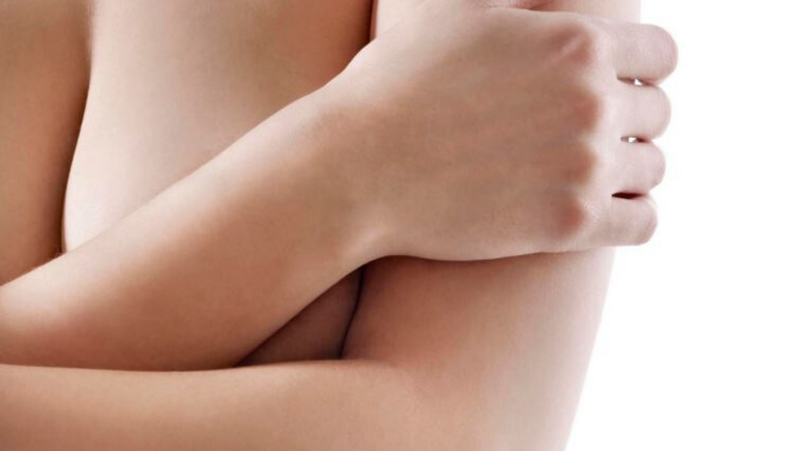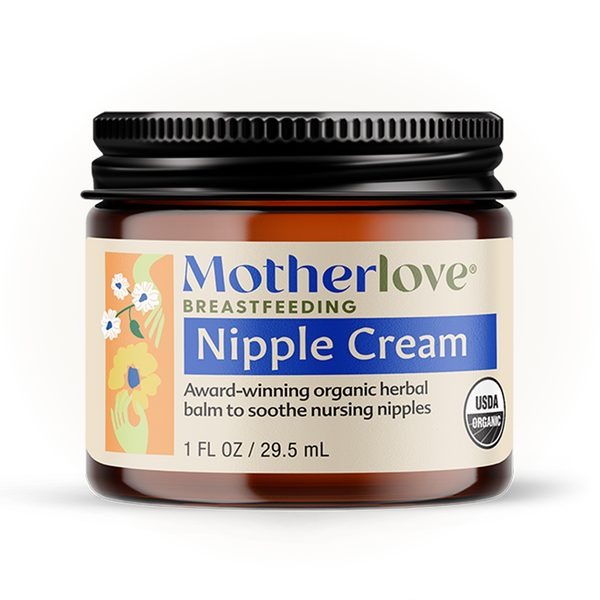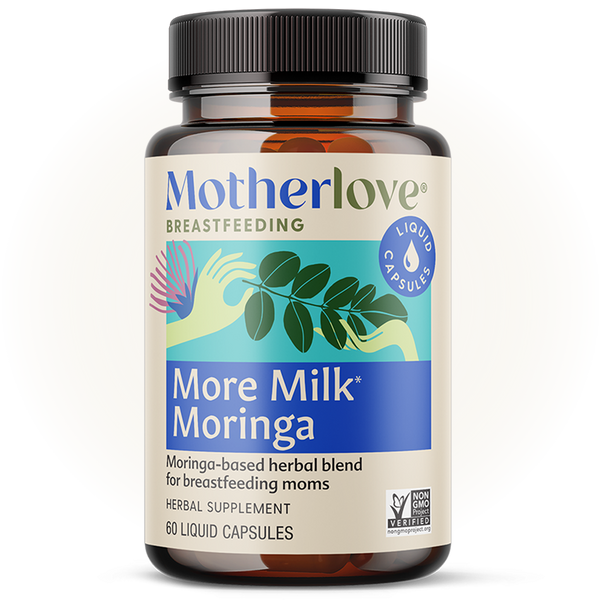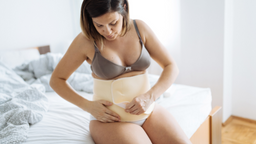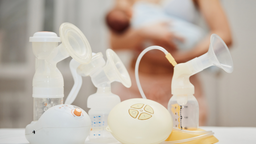DEALING WITH MASTITIS?
We know how painful and frustrating it can be to have a breast infection. And to add insult to injury, some moms struggle with multiple bouts of mastitis. Between the pain, fever and chills, fatigue, and maddening feeling that it will never end, recurrent mastitis is a true challenge to the breastfeeding relationship.
So we thought we'd share some information on the causes, prevention, and treatment of recurrent mastitis. Of course, what we share below is not medical advice, and we encourage you to seek help from your healthcare provider and lactation consultant if you have concerns about mastitis.
WHY DID I GET MASTITIS AGAIN?
- Mastitis is usually caused by one or more of these factors: breasts not emptied frequently enough (from infrequent feeding or pumping, or oversupply), a barrier to full emptying of the breast (such as a plugged duct, sustained pressure on the breast, a poorly fitting bra, or a bleb preventing milk from exiting the breast), or nipple trauma (such as from a poor latch or incorrectly sized pump flange) which allows bacteria to enter the breast. Fatigue and stress also appear to make women more susceptible to these infections, and women with some health conditions such as diabetes or anemia are also more at risk.
- Many recurring breast infections are really an initial infection which has not fully resolved. This is especially likely when the recurrence occurs within a few weeks of the initial infection. Even when antibiotics are used, some infections persist and their symptoms return.
WHAT CAN I DO ABOUT THESE REOCCURING INFECTIONS?
- Do your best to avoid the risk factors above. This means making sure that your breasts don't become too full, working to eliminate any barriers to breast emptying, taking care to avoid nipple trauma, and doing your best to rest and reduce stress. Contact a lactation consultant for help reducing any of these risk factors.
- Consider some hidden causes of breast fullness or poor emptying, such as sleeping position, baby carriers - even seat belts!
- Quickly address the early signs of an infection, such as a plugged duct in the same area or feeling especially run down.” You may also want to investigate the use of herbs and plugged ducts.
- Thoroughly treat any infection. This includes finishing the entire course of any prescribed antibiotic, and checking to make sure that you have been given the correct course (10-14 days is generally required).
- Discuss alternate antibiotics with your health care provider to see if another one could more effective at fighting your infection. Some lactation consultants recommend asking the doctor to culture the baby's throat or the milk to determine which bacteria are present.
- If you make the difficult decision to wean, do so as gradually as possible to reduce breast fullness - a risk factor for mastitis.
- La Leche League notes that some mothers have been successfully treated for recurrent mastitis with preventative long-term antibiotic treatment.
